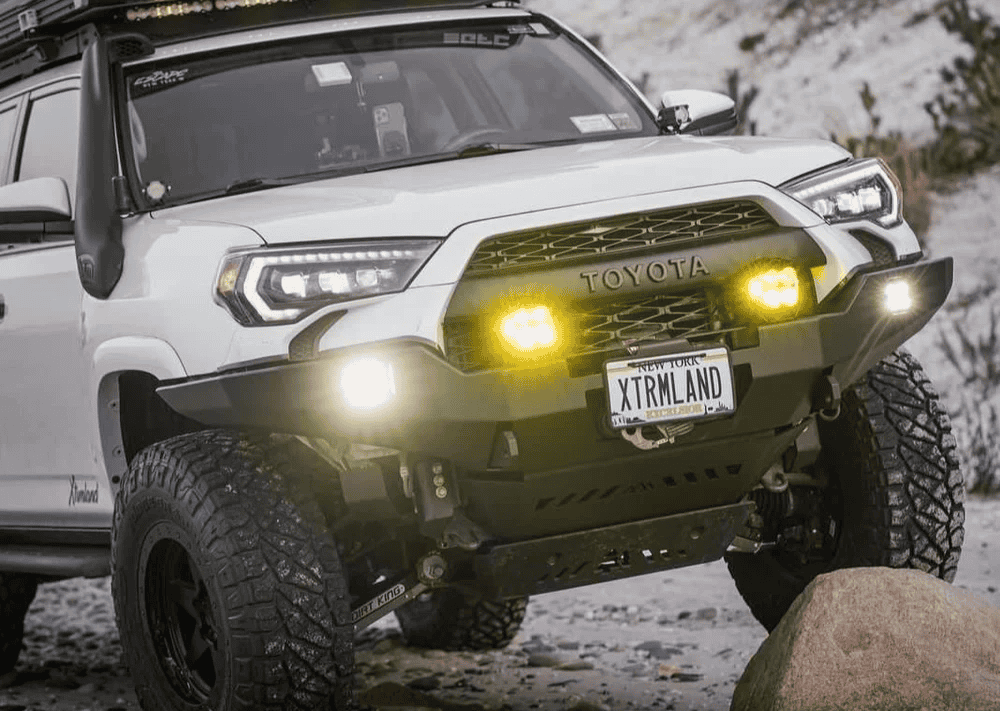Overland Vehicles

Living year round in an overland vehicle means building for the average day, not just the dream day. Start with a chassis that offers enough payload to carry batteries, water, cabinetry, recovery gear, and personal items without exceeding gross weight limits. Tire load rating and braking performance matter because your rig will sit closer to max weight most of the time. Aim for a suspension tuned to constant load rather than weekend empty weight. Daily comfort depends on quiet cabins, secure mounts, and systems that work in heat, cold, dust, and rain.
Power is the heartbeat of full time life. A right sized lithium bank paired with roof solar, alternator charging through a DC to DC unit, and shore charging when available will cover varied routes and seasons. Many full timers size for at least one to two kilowatt hours of usable capacity and use a pure sine inverter for cooking and laptops while keeping most appliances on twelve volt for efficiency. Monitoring with a shunt based meter helps manage draw from fridges, fans, pumps, and heaters. Design for redundancy so clouds or shade do not end your work day.
Full time living rewards generous water capacity and smart filtration. Fresh tanks between twenty and forty gallons are common, paired with a compact hot water source and a contained grey solution. Winter travel calls for insulated lines and the ability to drain fast. Climate is a triad of insulation, airflow, and heat. Combine thoughtful insulation with a roof fan, window coverings, and a reliable diesel or propane heater. Air conditioning can be viable when battery size and recharging options support it, but shade and seasonal routing still matter.
Weight is a safety issue as much as a comfort issue. Keep heavy items low and centered, and mount recovery tools so they are secure and reachable. Add a real spare, jack, traction boards, and a small tool roll you know how to use. Safety also includes gas and smoke detection, fire extinguishers, and proper wiring with fusing and strain relief. Prevent squeaks and fatigue by using quality hardware and compression latches so things stay closed on washboard routes.
A home on wheels benefits from zones that mirror an apartment in miniature. Create a sleep zone that sets up fast, a cook zone with a stable work surface, and a work zone free from steam and splatter. Use modular storage that fits your gear rather than oversized empty cabinets that invite clutter. Wet gear storage and a drying plan keep living areas clean. If you haul bikes, boards, or a moto, separate those from soft goods and power components to protect both. Everyday setup should feel like muscle memory, not a daily puzzle.
Reliable internet supports remote work and route planning. A satellite option and a cellular booster build resilience across regions with sparse coverage. Plan resupply and laundry on a weekly cadence, then stitch routes around weather and elevation to stay within your comfort band. Build a routine for battery checks, water top offs, and tire inspections. Your system will thank you with fewer surprises.
Budget for more than fuel. Tires, fluids, filters, and brake pads wear faster with constant weight. Off grid power saves campground fees but may require higher upfront cost. Keep a maintenance log and an inventory of spares like fuses, belts, and hose clamps. Insurance, registration, and domicile choices shape taxes and access to services. Research coverage that understands modified vehicles and confirms equipment value.
The right platform is the one that fits your payload needs, travel style, and service access. Full size vans offer single shell living space and simpler climate control. Trucks with canopies or campers shine for payload and off road geometry. Trailers paired with tow rigs add flexibility at camp. Regardless of platform, prioritize serviceability and parts availability for long trips.
For many, a professional build shortens the path from idea to dependable daily living. System integration matters when batteries talk to chargers, heaters share space with storage, and wiring routes through tight cabins. A thoughtful upfit prevents rattles, stray heat, and power loss.
If you want a partner with real field experience, explore the overland options at Overland Rigs. For tailored systems like power, water, cabinetry, and recovery mounts, see the Custom Overland Upfit page. To learn how the team approaches design, materials, and support, visit Why Choose OZK Customs.
OZK Customs builds complete and partial upfits for full time living, from lithium power and solar to water systems, insulation, cabinetry, and secure gear storage. The team in Fayetteville Arkansas integrates trusted components from leading partners and hands off each rig with a clear walkthrough. You can start simple and expand later or commission a full interior with off grid comfort that feels like home.
Ready to map the build that matches your travel rhythm? Share your must haves and we will turn them into a plan you can trust. If you are still exploring, take a look at OZK Customs and sketch ideas from recent projects.
At OZK Customs we build recreational adventure vans, overland rigs, and commercial platforms for real world use. Services include complete custom builds and partial upfits with custom fabrication available when your gear list needs one of a kind mounts or solutions. We do not rent vehicles or sell shoe brands. We design and build capable rigs that carry you farther with comfort and confidence.
Ready to design a dependable full time overland home on wheels? Share your wish list and timeline. We will spec power, water, storage, and recovery systems, then quote your complete or partial upfit to fit your budget.
ADDRESS:
6159 E Huntsville Rd, Fayetteville, AR 72701
PHONE:
(479) 326-9200
EMAIL:
info@ozkvans.com